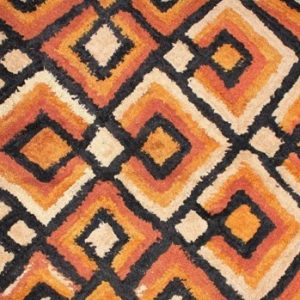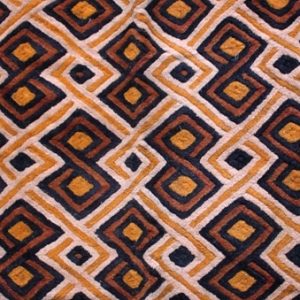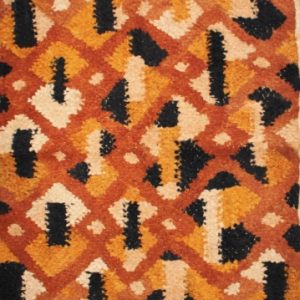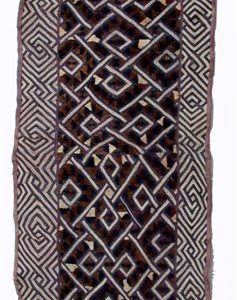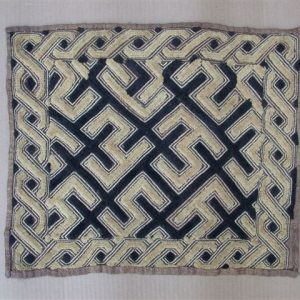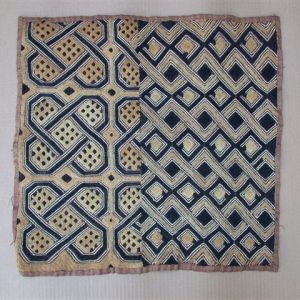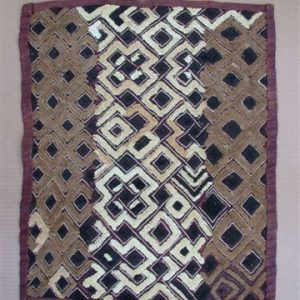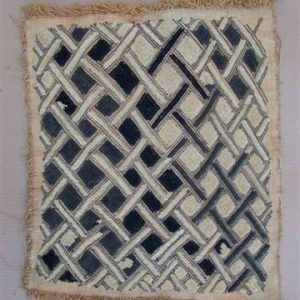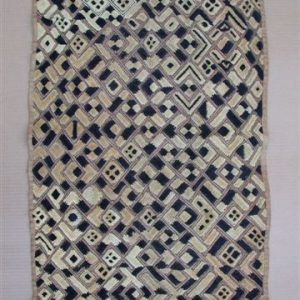TEXTILE ARTS OF THE KUBA
DEMOCRATIC REPUBLIC OF CONGO
Textiles are one of the most widespread types of prestige goods. They figure prominently among the possessions of the elite, yet they are also created and used by all levels of society.
The Kuba have long placed a high value on producing fabric goods. The Kuba refer to felted barkcloth as the apparel of the ancestors.
The production of fabrics and the patterns associated with them reflect Kuba concepts of social creditability, ethnic unity and religion. This is especially true of raffia textiles, where production and design are collaborative undertakings. Men cultivate the palm trees which produce fronds as long as 50 feet. The outer layers of the individual leaflets provide the raffia fibre, collected by men and woven by them on a diagonal loom into rectangular panels of cloth slightly more than 2 ft. square. Women decorate the textiles and sew them into garments.
Women use cut-pile embroidery to create rich and varied geometric designs. The examples in our collections are based on triangles, lozenges and rectangles place on the diagonal predominate. Dark patterns of dyed raffia play against the light natural hues of the background.
Raffia cloth played an important role in Kuba society in the past. Squares of raffia cloth were once used as currency and featured in marriage contracts and legal settlements. Today, raffia cloth is still a reminder of loyalties, histories and relationships.
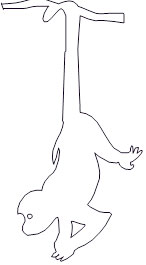
 0 items
0 items 